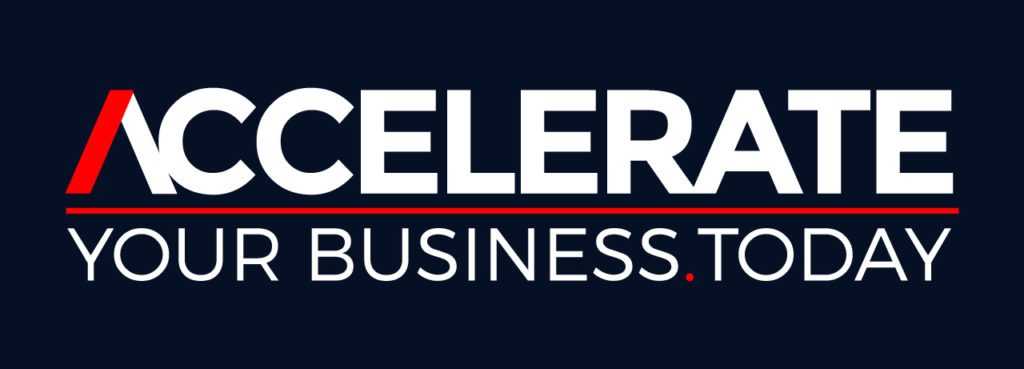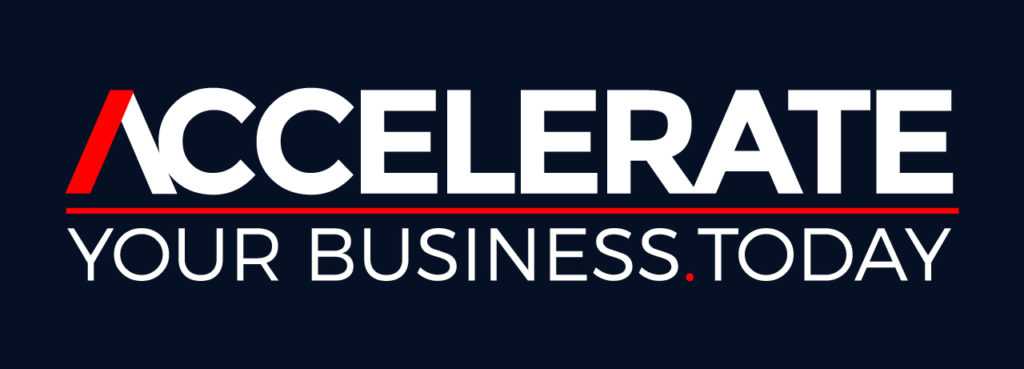How startups can thrive and sell more.
Startup businesses have enormous mountains to climb to scale and profitability before their funds run out.
Many start – thinking the experience is like setting off for a climb up a hill, but the experience is often like attempting to climb Mt Everest – without oxygen.
Startup businesses’ mortality rates are too high.
- Many lack a guide – just hoping to wing it,
- Many have yet to test product-market fit,
- Most have limited capital – often a fraction of what they need,
- Many lack a deep understanding of best practices – that save time, money and energy,
- With enormous can-do enthusiasm – they set off,
Successful B2B online startups have a central theme – they successfully and repeatedly reduce their potential buyer’s expenses or increase their income – that’s it.
Breaking through the distribution wall is one of the most significant issues.
- How do you get in front of decision-makers?
- How does your business move from invisible online to visible – be seen and heard more by your ideal future buyers?
- Your attempts at cold emailing, phoning and generally annoying conduct all amount to zero – what do you do next?
This USA-based entrepreneur manufactures and sells commercial truck parts in a small specific industry niche.
He started the business knowing little about the industry but found a significant margin gap to exploit – it was his first advantage.
He started following the startup’s motto – your competitor’s business margin is my next business.
His new competitors had been long-term suppliers with billion-dollar businesses. They dominated the market.
The products they built were everyday consumables needed by every truck on the planet.
The manufactured costs varied between $0.46-$12.00 and have always been manufactured in the USA – speed to market.
If he were the first to market with an import version, he could drastically undercut the market.
The critical question – what level of pricing discount from established businesses and startups – is required to gain market share?
It is usually much higher than most startups think – some research shows it needs to be as high as 50%.
What happened?
1/ He bought a custom domain name so he could send emails.
2/ He cold-called 1,200+ potential buyers, selling 6+ months of orders at a 60% discount compared to the established market leaders.
One of those calls landed him a large dealership group, where he was able to collect a 30% upfront deposit from their first order,
3/ He started working with a manufacturing supplier he had sourced in Asia,
His research showed a considerable margin left over after giving a 60% discount – if using overseas suppliers.
4/ One hundred days later, he supplied the products and collected the payment from the dealership – along with a new order.
5/ After seven years of cold-calling “damn near every OEM, shop, fleets, and dealership group“, they were on the way to being the market leaders.
Their competitive advantages
- They are 35-65% cheaper than their USA-based competition.
- Their business model is to sell direct (no distribution margin).
- They had a first-mover advantage – the first to bring a lower-cost
- offering.
Results
5/ Fast forward to 2023, and the business generates $27m/yr with a high gross profit margin.
New competitors
Without a significant moat to protect their business, they are open to new competitors following them using the same tactics.
The – moat – a metaphor for investing, was first created by Warren Buffet when explaining his investment philosophy.
A moat offers crucial protection against new competitors.
The concept addresses whether a business has sustainable structural competitive advantages that make it difficult for competitors to attack its earnings.
Price alone rarely provides a moat – there are always lower-priced competitors.
Successful moats use a mix of brand equity and advantages in size, systems, costs, and high switching costs.
What worked – the founder sold products before they built at significant discounts to industry pricing.
Having a powerful pitch, credibility and authority with your ideal buyers. Along with an overseas supplier that delivers on time and at the agreed price – it can be fraught with difficulties.
In Melbourne – Florida – USA, a startup pitch is that it can – Build Houses 300% Faster.
Apis Corporation plans to change the future of construction by 3D printing new homes.
The home buyer advantages are
- Increasing speed to build by 300%,
- Reducing prices by up to 30%
- Reducing the costs of tradespeople through automation,
They build concrete, durable houses within 2-3 months, which takes their competitors seven to eight months.
Their business model is selling their technology and systems to home builders – so they expand their construction output while reducing costs.
They have sold their technology in Dubai, Boca Chica, Texas, and Missouri, with more locations on the way.
Want to know more https://www.startengine.com/apiscor?utm_source=patentdrop&utm_medium=sponsored-newsletter&utm_campaign=se-promote-apiscor&utm_content=2.23
What is your business’s moat?
How vulnerable is your business to new competitors?
Where are your businesses next – Blue Oceans?
Regards
David

